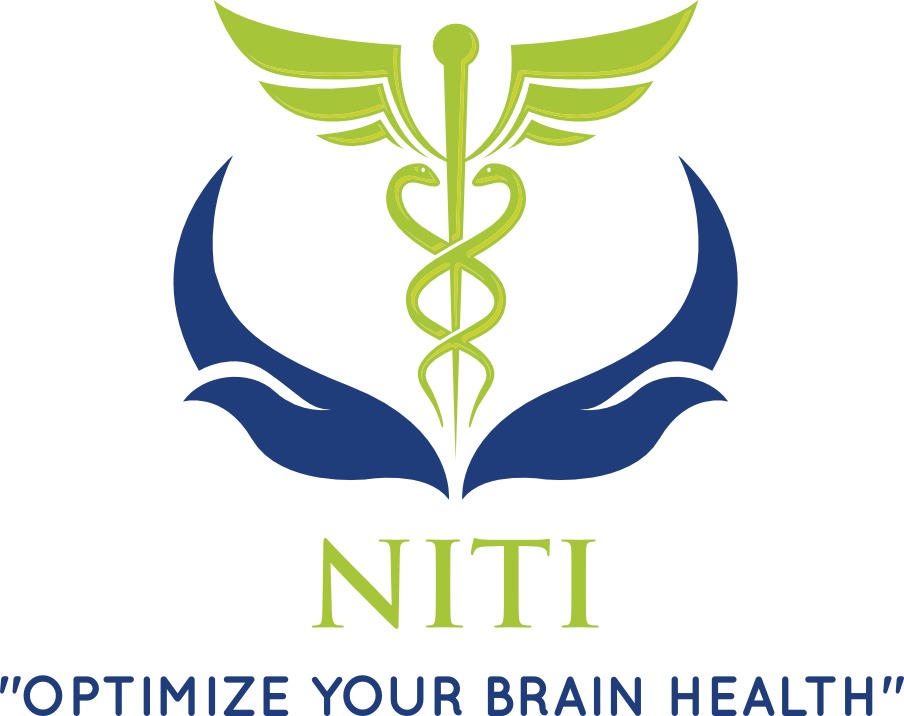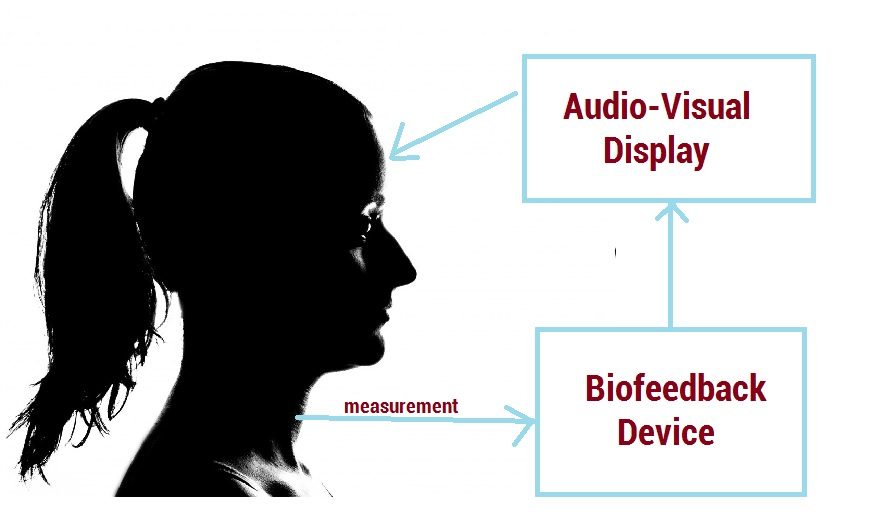Biofeedback
Biofeedback therapy is a non-drug, non-invasive treatment in which patients learn to control bodily processes that are normally involuntary, such as muscle tension, blood pressure, or heart rate. Biofeedback is used to treat a variety of conditions. This method focuses on using your mind to control your body’s physiological response in order to promote well-being from within. Stress-related disorders are found to be the most responsive to biofeedback training. Most common conditions treated are migraines, tension headaches, anxiety, insomnia, Raynaud’s disease, and chronic pain disorders and ADHD.
Biofeedback Method
During a biofeedback session, the clinician will apply several sensors to different areas on your body. These sensors monitor your body’s physiological response to stress. Commonly areas monitored are Brain activity through EEG monitors, Muscle tension, Heart rate and Skin temperature
By visualizing your body’s physiological changes on a monitor, biofeedback enables you to recognize these changes and learn to control them by training your brain activity, Heart rate and respiratory rate. The method is similar to that of positive reinforcement. When one of the parameters changes, you either hear (auditory) or see (visual) changes on a monitor, which gives you feedback.
Biofeedback Benefits
Biofeedback has proved successful for many people because of the positive effects it can have to individuals. Biofeedback trains you to monitor and control your response to stressors involved in your life. These skills put you in control of your body. Biofeedback not only works to improve your physical function; it works to heal your mind and body as well. This technique has shown to have a positive impact in self-regulation and stress reduction.
Biofeedback Outcome
Biofeedback helps you gain control over your body‘s physiological responses to certain conditions. The effectiveness of biofeedback in limiting chronic migraines may be due to muscular relaxation, decreased oxidative stress, as well as an increase in their psychological well-being (Ciancarelli 2007).
Biofeedback affecting both mental aspects as well as physical aspects can have a very positive impact, even though indirect improvements (Nelson 2007). Recently it has been found that the behavior in patients with attention deficit hyperactivity disorder (ADHD) improved in children whose parents favored a non-pharmacological treatment.

